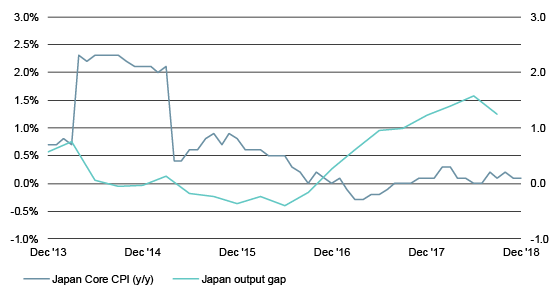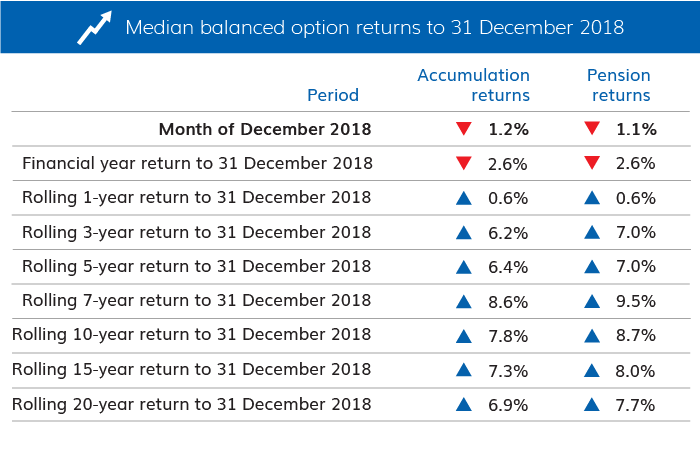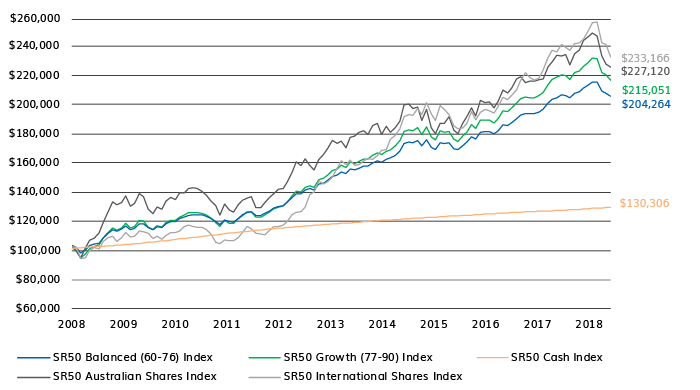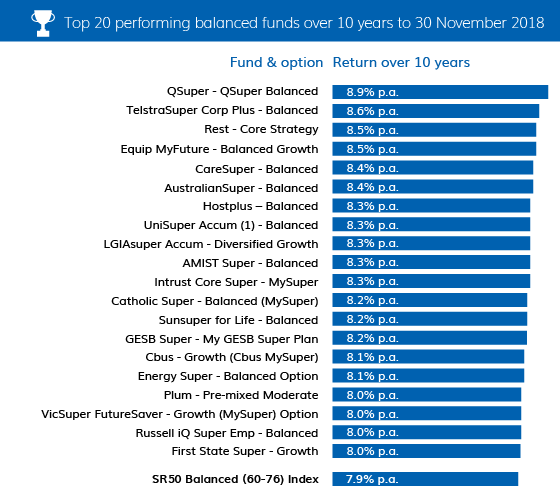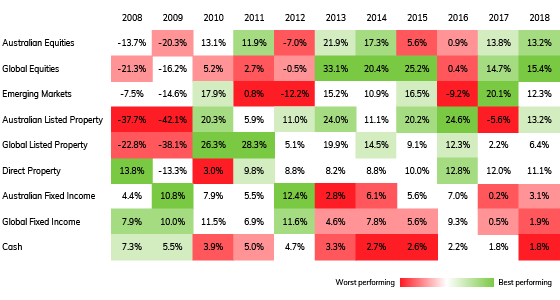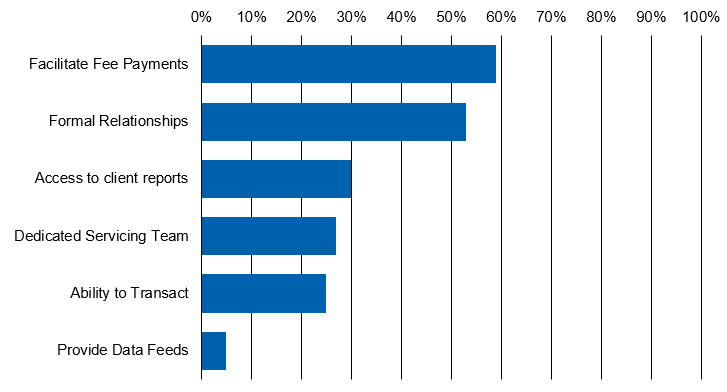Vertical integration in the advice sector has been a point of discussion within the financial services industry for many years. There are obvious conflicts that can potentially arise when advice is owned by an investment product manufacturer, and these have already been the subject of extensive scrutiny. Despite attempts to manage conflicts under vertical integration, the issue is still a concern for the industry and a key topic of the Royal Commission’s report.
However, while everyone would agree that conflicts can be better managed, government and regulators have stopped short of full structural separation between the provision of advice and the manufacture of investment products. The Royal Commission report, while highlighting the tendency of advisers among the ‘big five’ financial institution advice businesses to recommend in-house products, nonetheless baulks at the idea of forcing a separation of advice.
The Royal Commission’s view is that structural separation would be a “very large step to take” and that it is unclear whether the benefits of separation outweigh the costs. Ultimately, the issue comes down to how conflicts are managed and how a vertically integrated model aligns to the client’s best interest duties.
Vertical integration has become increasingly topical in the area of managed accounts. In recent years we have witnessed significant growth in managed accounts as a means of implementing holistic investment solutions. A catalyst to this growth was the Future of Financial Advice (FOFA) reforms, which took effect in 2013 and led to many financial advice groups seeking greater efficiencies in their businesses, and in some cases alternative sources of revenue, by creating their own in-house managed account portfolios.
While the Royal Commission has not mandated separation between product and advice, best interest obligations and conflicted remuneration are certainly areas of focus. There will be increased scrutiny on the governance structures overseeing in-house managed portfolios, including the composition of the investment committees and the range of qualified and experienced professionals involved in investment decisions. There will also undoubtedly be increased focus on remuneration structures within managed accounts (e.g. margin that financial advice groups might receive on fee rebates from the underlying fund managers, as well as model management fees and how these are used).
Finally, where financial advice groups are building internal managed portfolios and recommending them to their clients, the client’s best interest will need to be considered. This means advisers will need to ask themselves if an in-house solution is truly in the client’s best interest, and under what circumstances an alternative solution would be more appropriate.
Ultimately, a strong governance framework, careful management of any potential conflicted remuneration and a focus on the client’s best interests fall well within the spirit of the Royal Commission’s findings and are certainly relevant to the sphere of managed accounts. For advisers implementing managed account solutions, this is a topic that will continue to be raised as government, regulators and industry participants work to improve the quality of advice and bring it in line with community expectations.
As platform technology leads to further growth in the popularity of managed accounts, don’t be surprised if the vertical integration debate quickly changes to how advisers are using managed accounts and how conflicts are being managed.


